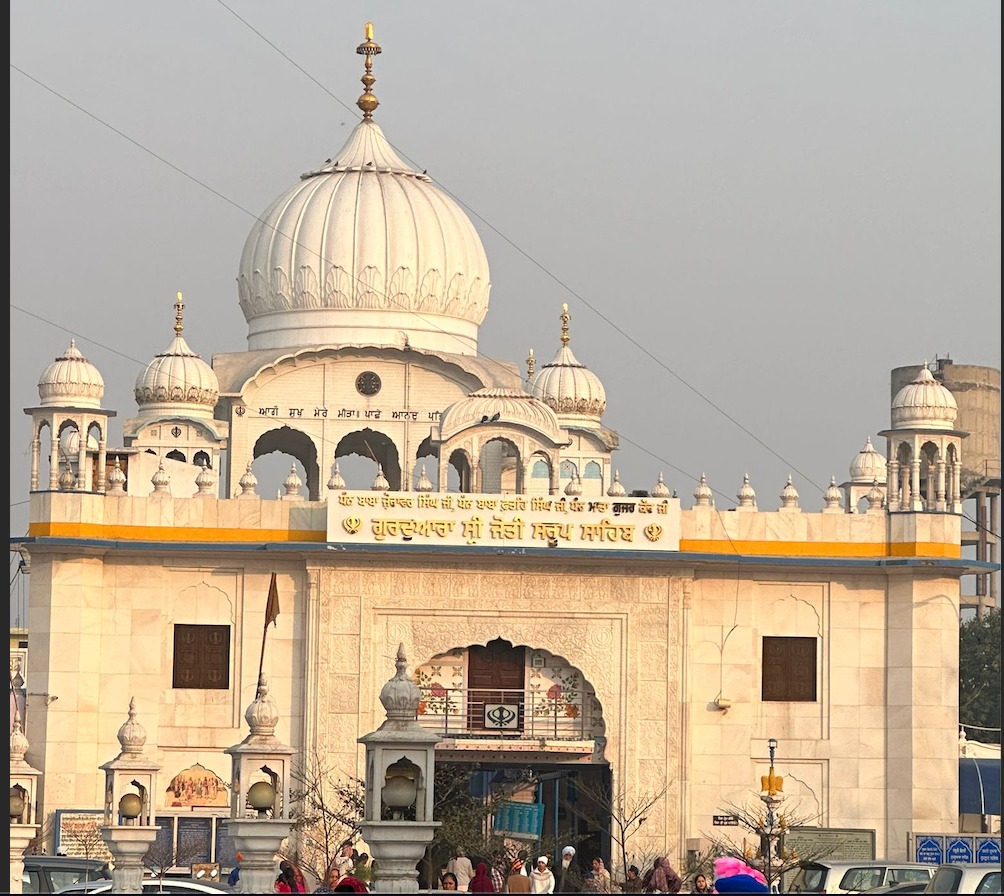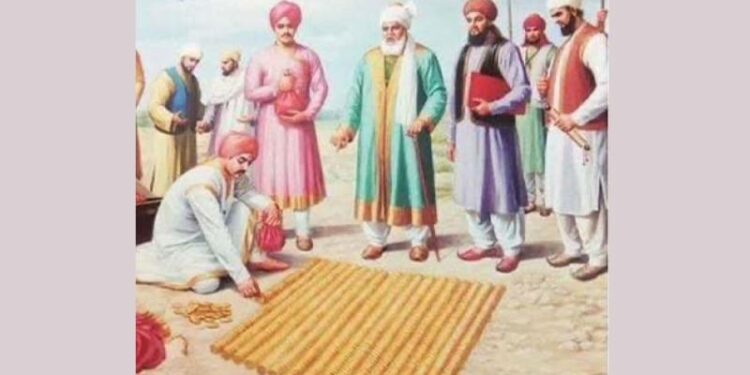Thanks to a grand function organized at New Delhi’s India Gate by the central government two months ago, millions of Indians learned about the martyrdom of Baba Zorawar Singh, 9, and Baba Fateh Singh, 6 (he was 7, according to one version of history). Guru Gobind Singh’s children were bricked alive for refusing to embrace Islam in December 1705, by Aurangzeb’s governor in Sirhind, Wazir Khan. The story says as much about the demonic Mughal rulers as about the divine powers of the tenth guru and his family. But the story is incomplete without Diwan Todar Mal, the wealthy merchant, who retrieved the bodies of the children and cremated them.

In the first place, it requires superhuman courage to step forward in an atmosphere of such terror that Wazir Khan had created. Todar Mal not only dared the diabolical rulers, but seems to have given up his entire wealth to do the last rites of the children and their grandmother, Mata Gujri. The grandmother passed away on hearing upon the execution of the children. Three decades previous to that, Mata Gujri had endured the martyrdom of her husband and ninth guru, Guru Teg Bahadar, who was beheaded by Aurangzeb in Delhi, again, for refusing to embrace Islam. Todar Mal, whose grand haveli stood next to that of the governor’s, indicating the even-footedness he had with the rulers in terms of riches, has been described as a follower of Guru Teg Bahadar.
After he declared his intentions, Todar Mal was told that no cremation would be allowed on the Mughal land, and that he would have to buy private land for the purpose. Even then, there were conditions. Only as much land would be sold for the cremation as he could cover with gold biscuits. A local land owner, Chaudhari Atta, agreed to sell the land a couple of kilometers away from the place of execution. Todar Mal, says history, literally began to cover the land with gold. To make it more difficult for him to buy the land, Wazir Khan ordered that the biscuits be laid vertically rather than horizontally, which required ten times more gold. A total of 78,000 coins are said to have been laid to buy just enough land to place the three bodies, making it the most expensive purchase of land in world history.
Todar Mal cremated the bodies of the martyred children and Mata Gujri, collected the ashes, put them in urns and buried them there itself. Today, the spot is marked by Gurudwara Jyoti Swarup, built in 1843, when the exact spot was discovered during the rule of Maharaja Karam Singh of Patiala. He also got built the Fatehgarh Sahib Gurudwara, where the children were executed, in which there is a hall dedicated to Todar Mal. I visited both the gurudwaras a month ago and experienced a palpable force there. A painting picture of Todar Mal laying the gold coins under the dreadful eyes of the executors is mounted on the wall close to the exit of Gurudwara Jyoti Swarup. There is no information on when the painting was made.
Information about the life of Todar Mal is also scarce. The secondary sources of information, on which this article is based, say that the diwan was a Jain from a place called Kakra in Punjab’s Patiala district, that his descendants are the Oswal clan of present-day Ludhiana. One account says that Todar Mal and his family were done to cruel death on the orders of Wazir Khan. A book on the eminent people of that period, an English translation of a Persian encyclopaedia published in 1888, claims that the cremation of the martyred children was not done by Todar Mal, but by his descendants, as he had died 40 years earlier, in 1666.
The different historical accounts call for more research and a full biography on the extraordinary life of a man of riches, who sacrificed his fortune for his faith. Todar Mal was, indeed, a divine diwan, worthy of the deepest reverence– like all the other followers of the gurus in the lineage of Nanak.
The author is a Delhi-based journalist


















Discussion about this post